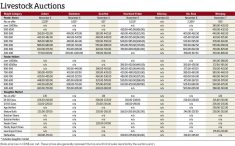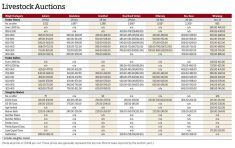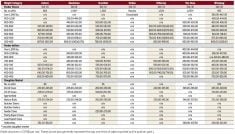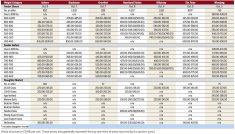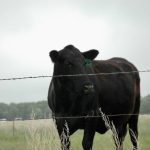Feeder cattle markets in Manitoba looked strong in early December as the fall run slowed ahead of the holidays.
“This week the market was very aggressive on the feeder cattle … with lots of local interest and strong demand from Ontario,” said Rick Wright of Heartland Order Buying on Dec. 8. He said some cattle were also moving to feedlots in the West.
Supplies of calves on offer were down from the previous week and reduced numbers are expected in the final sales ahead of the New Year. Most auctions will soon shut down for the season.
Read Also
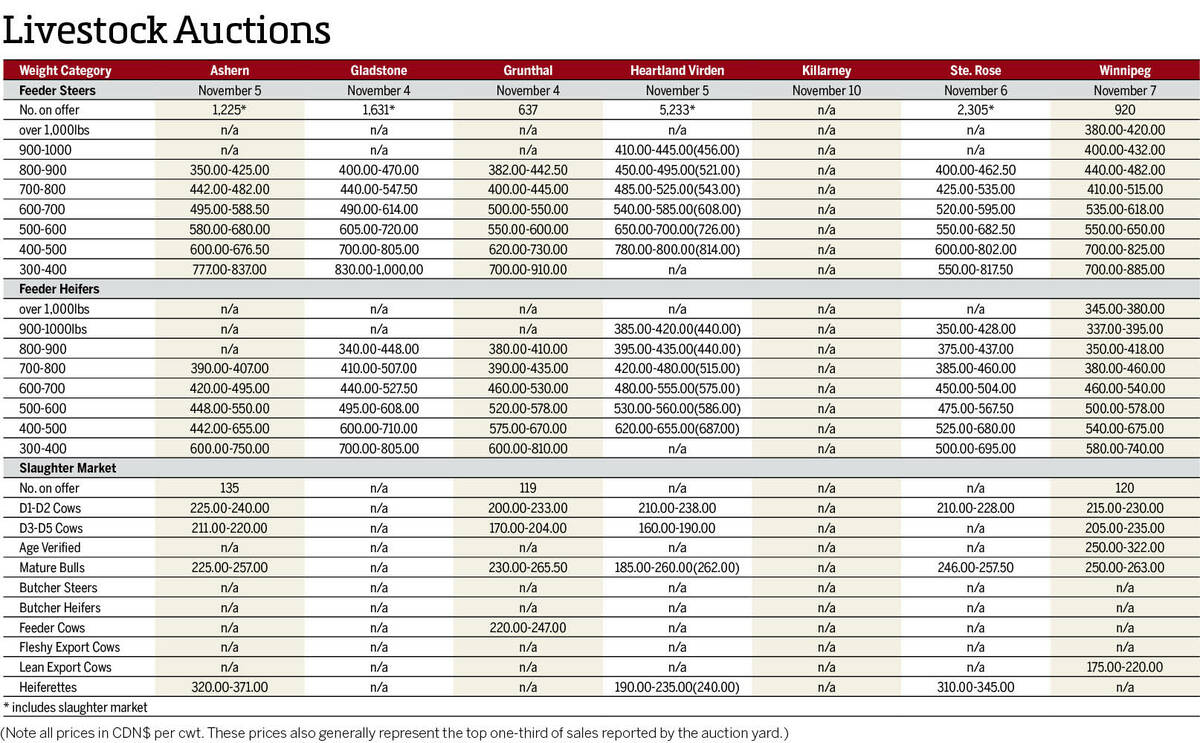
Manitoba cattle prices – Nov. 10
Cattle prices from Manitoba’s major auction marts for the week of Nov. 4-10.
“The last-minute shoppers were very evident in the market,” said Wright.
In addition to the supply/demand fundamentals of declining cattle on offer and solid buying interest that provided support, he noted year-end tax-related issues also provided some market activity.
[RELATED] Canadian Cattlemen: Fed cattle market struggles, feeder exports seen slower
In the West, packers have been slow to move cattle out and pen space is limited. As well, there are difficulties finding trucks to move cattle to Ontario.
“This past week, the truck situation loosened up a little bit, with more trucks around,” said Wright. “A lot of fundamentals came together to make for a very strong market.”
He noted it was the exact opposite case in 2021, when the feeder cattle market was at its lowest point of the year in December.
“The dip (this year) was probably the last two weeks of November, and into December we’ve picked up a lot of steam.”
[RELATED] Feed weekly outlook: Barley, wheat prices pull back
Beyond the feeder market, Wright noted large numbers of bred cows at auction but limited buyer demand. He said the increased movement of bred cows was surprising because adequate feed supplies and strong feeder market would ordinarily prompt producers to restock herds. However, many bred cows coming to market were headed to slaughter.
“The enthusiasm in the sector is not there … which does not bode well for the future of the cattle industry,” said Wright. “The mood of the cow-calf sector is very depressed.”
Though cattle prices are high, input costs are even higher.
“Even with the increased prices of calves, their take-home paycheque is no bigger than it was a year ago,” said Wright.
The butcher cow market is seasonally depressed, with good cows at 80 to 86 cents per pound, considerably less than at the start of the fall. Wright expects that market to pick up in the New Year.




